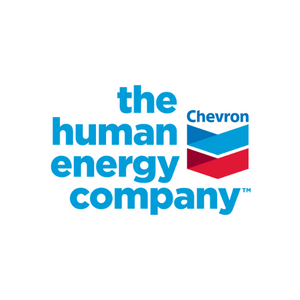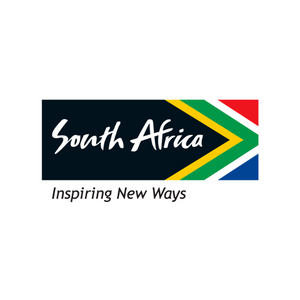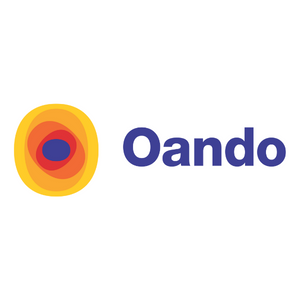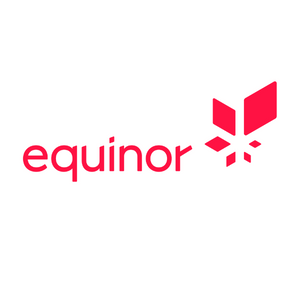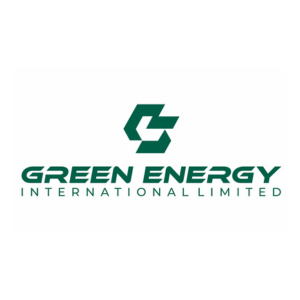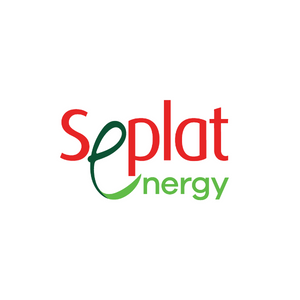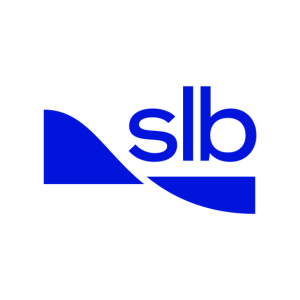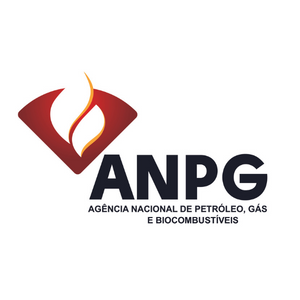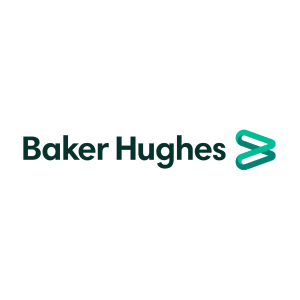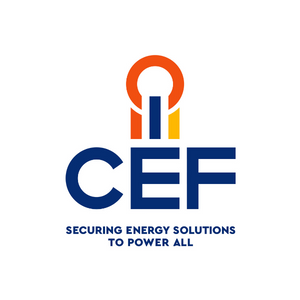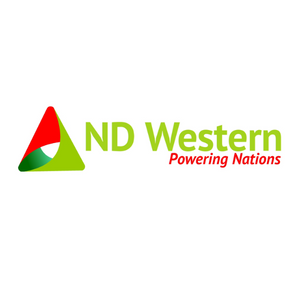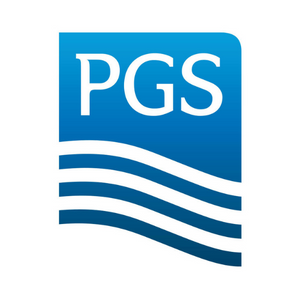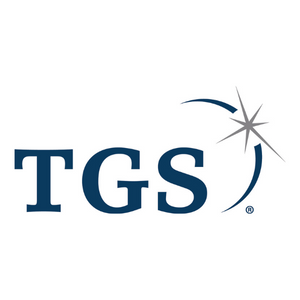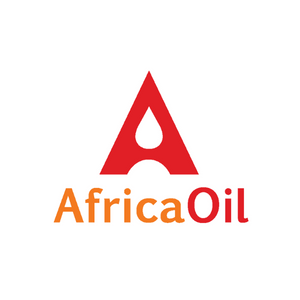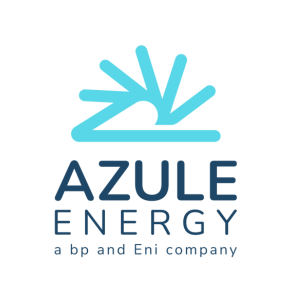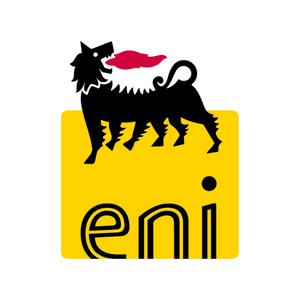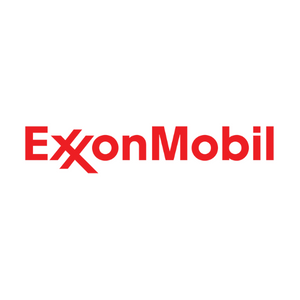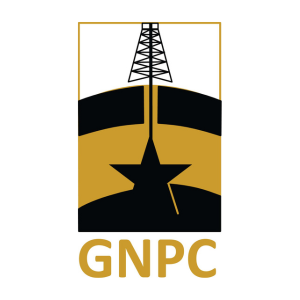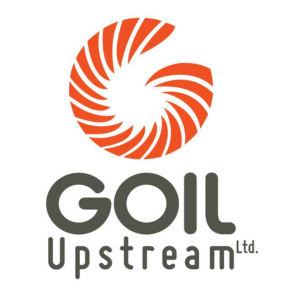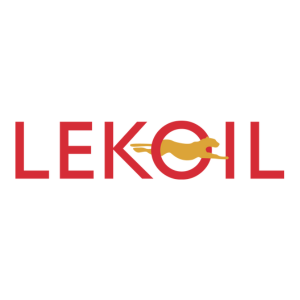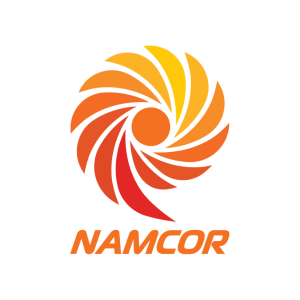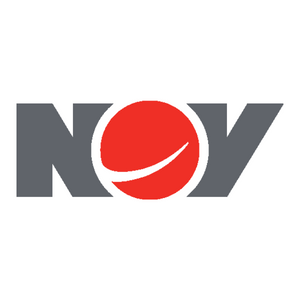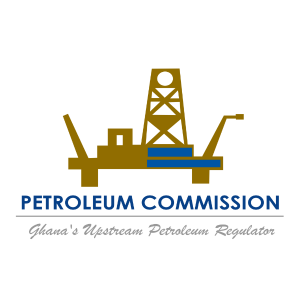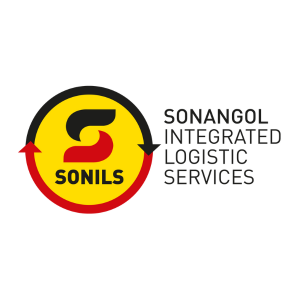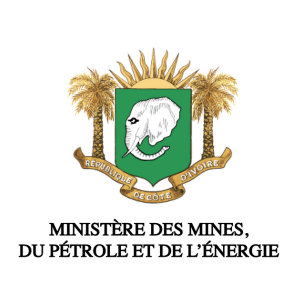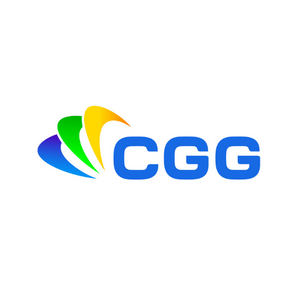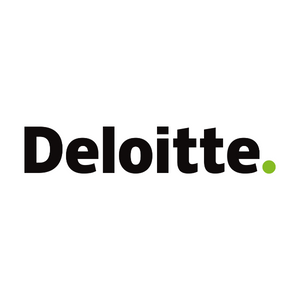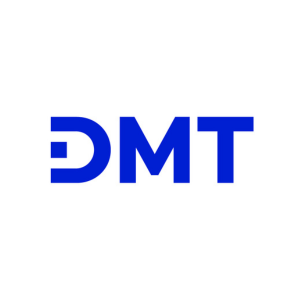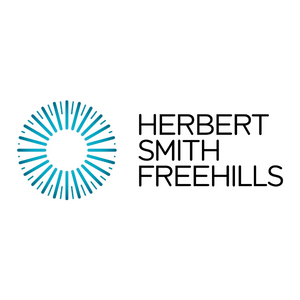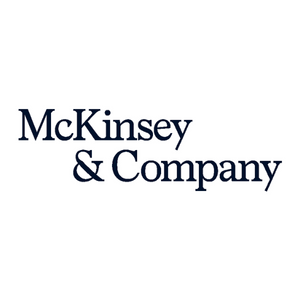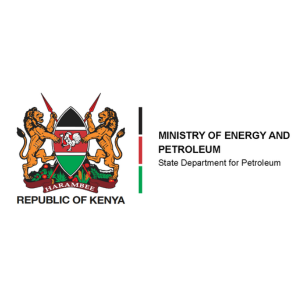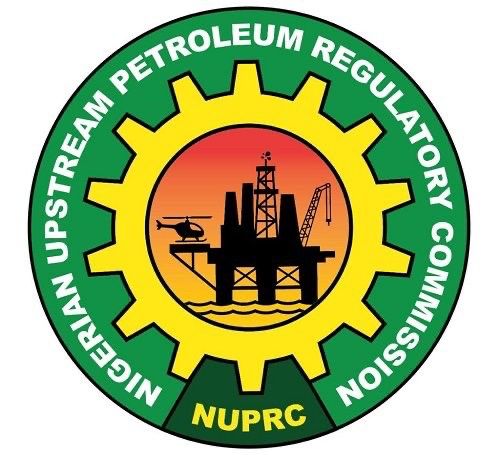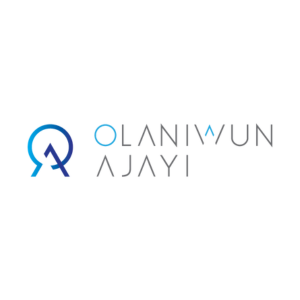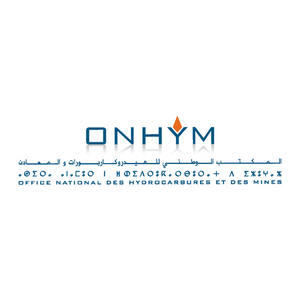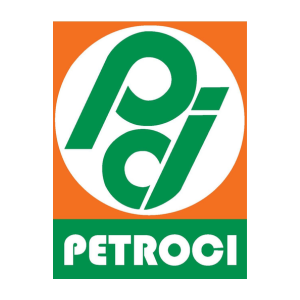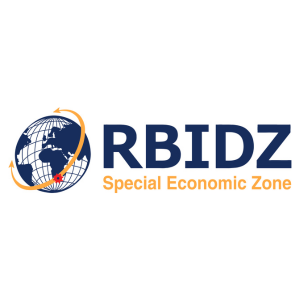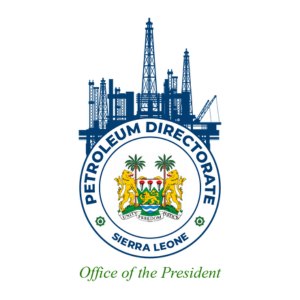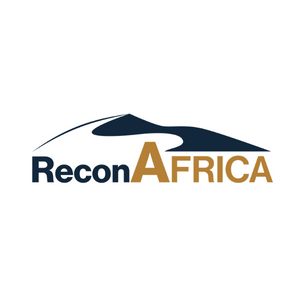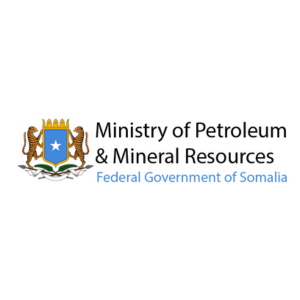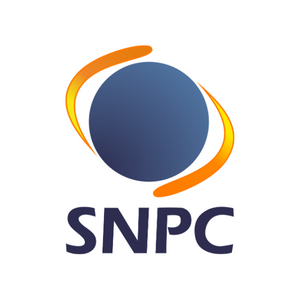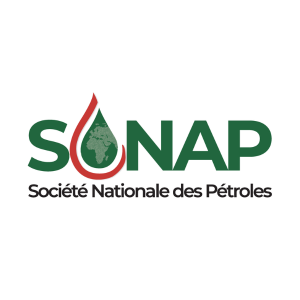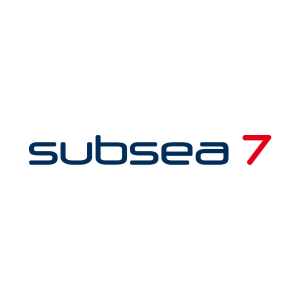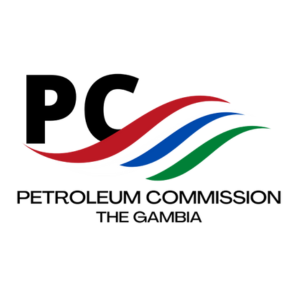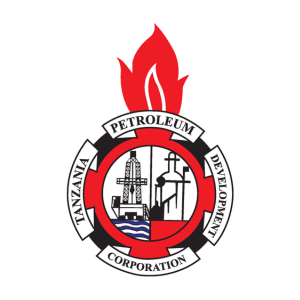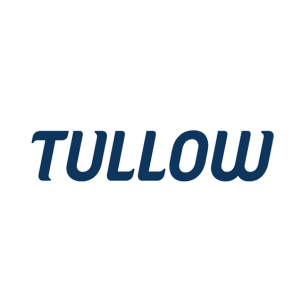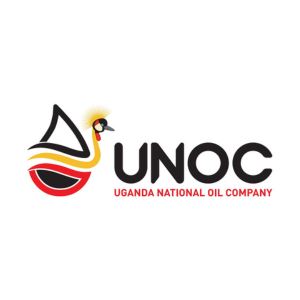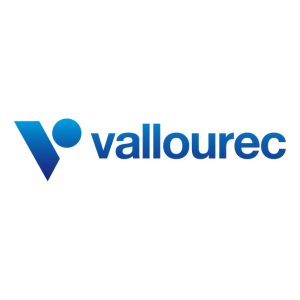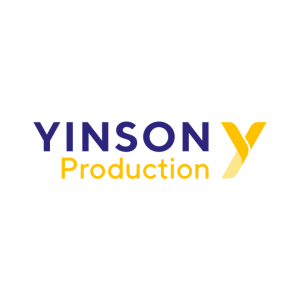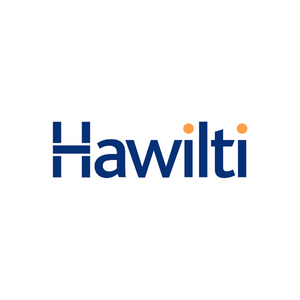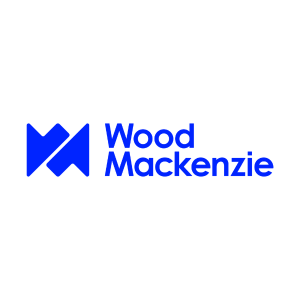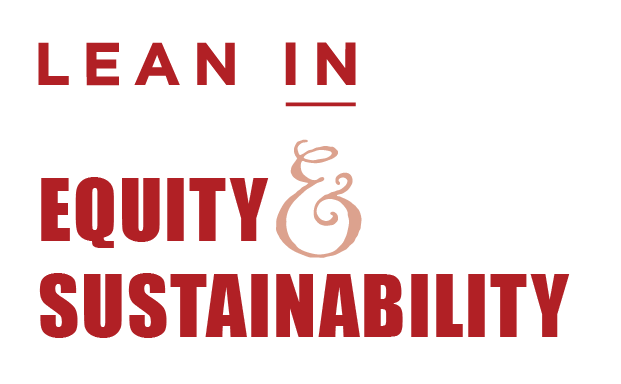Today, the Market Watch Spotlight falls on Senegal.
The country’s oil and gas industry was kick-started after Cairn Energy and Kosmos Energy made a number of significant offshore oil and gas discoveries in early 2016, and the future looks bright. Their discoveries have attracted a number of other IOCs to the country, making north-west Africa the continent’s most exciting exploration hotspot over the past year.
Senegal has maintained relative political stability over the past decade, despite ongoing instability in its neighbouring countries, and the wider Islamist militancy which threatens the region. In fact, since achieving its independence from France in 1960, the country’s only instability was a long-running, low-level separatist conflict in the Casamance region — adjacent to Guinea Bissau — up until a 2014 ceasefire.
Cairn Energy’s November 2014 discovery of the SNE Deepwater Oil Field still remains the world’s largest oil discovery since 2014. It is located in the Rufisque, Sangomar and Sangomar Deep Blocks, and covers an area of 7,490km² within the Senegalese portion of the Mauritania-Senegal-Guinea Bissau Basin.
The joint venture (JV) — initially comprised of Cairn (40%), ConocoPhillips (35%), FAR (15%) and the state-owned Petrosen (10%) — drilled the FAN-1 and SNE-1 wells, which were Senegal’s first offshore wells in over twenty year and its first ever deep-water wells. When ConocoPhillips decided to rebalance its portfolio Woodside immediately bought a 35% stake for US$440m; although FAR is currently claiming preemption rights.
In March 2017, Australia’s FAR announced intentions to expand its acreage from Senegal into Gambia, to blocks A2 and A5, which the company described as ‘highly prospective’. It is thought that the blocks — which are adjacent to Senegal’s offshore FAN and SNE fields — have the potential to contain prospective resources in excess of one billion barrels.
At first this move seemed rather ambitious, until it was revealed that China’s cash-rich giant CNOOC had signed a two year Area of Mutual Interest (AMI) agreement with FAR to work together offshore Senegal and Gambia.
Meanwhile Cairn, and its joint-venture partners, announced in March 2017 that the VR-1 well in the SNE field had discovered more oil than expected. The drilling programme in Senegal is continuing to provide positive evidence of the scale and extent of the SNE field.
Yet more recently still, Cairn and it’s JV partners announced their sixth successful appraisal well, at offshore SNE-4, in mid-May 2017. This latest success further confirms the extent of promise that the Sangomar block, in the SNE field, has for Senegal.
In May 2016, Kosmos Energy’s Teranga-1 exploration well discovered what is believed to be the largest offshore gas field in northwest Africa, situated near Senegal’s maritime border with Mauritania. Well test results confirmed that a prolific inboard gas fairway extends approximately 200km² from the Marsouin-1 well in Mauritania — through the Greater Tortue area on the maritime boundary — to the Teranga-1 well in Senegal.
This was sufficiently promising in December 2016 that BP announced it was investing US$1bn in a 33.5% stake of Kosmos Energy’s Senegal exploration blocks. The latter announced in January 2017 that the next phase of its multiwell offshore exploration drilling programme in Mauritania and Senegal will be targeting the Yakaar oil prospect about 40km² west of the Teranga discovery.
Investment opportunities
Among all the operational contracts in Senegal, there are still players actively looking for new partners to join their exploration programmes. For example, London-based Simco Petroleum Management are currently marketing Oranto Petroleum’s Cayar offshore and St Louis offshore blocks in northern Senegal. These underexplored blocks are updip from Kosmos Energy’s successful Teranga-1 well and adjacent to major discoveries across the border in Mauritania.
Teranga, while being initially announced as a gas discovery, is reported to have also discovered liquid hydrocarbons, which bodes well for the continuing search for oil north of the Dakar Peninsular. Senegal has a favourable business environment for investors in upstream oil and gas, as demonstrated by the World Bank’s ‘Doing Business 2016’, which ranked the country among the world’s top ten business environment improvers for the second consecutive year.
Senegal’s General Tax Code and Petroleum Code lists royalties at between 2%-8% for oil production and 2%-6% for gas, and entities operating in the oil and gas sector are subject to a corporate income tax rate of 30%.
It is, however, worth mentioning that Senegal is still yet to produce its first barrel of oil. Petrosen’s general manager, Mamadou Faye, said that he believed the earliest that Senegal would be able to start producing commercial oil would be between 2019-2020.

